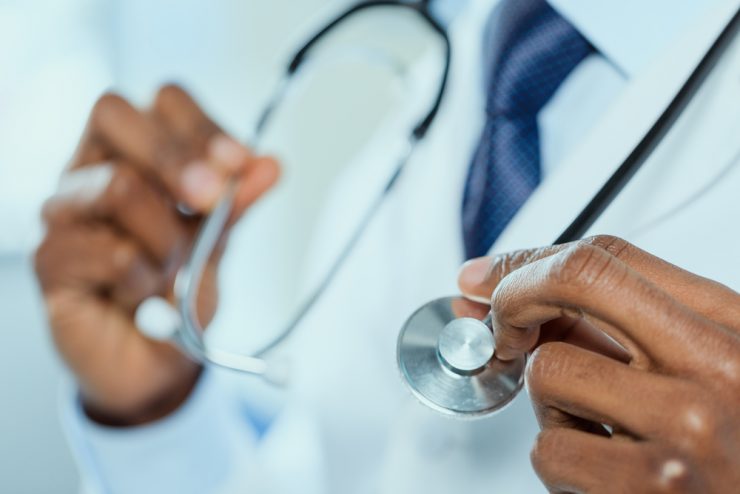Heart attacks are not always fatal. Immediate medical attention to the affected person increases the chance of survival largely. It becomes complicated only when it is not diagnosed. The person having a mild attack ignores it as it subsides of its own. However, the heart loses its strength as the tissues of heart muscle die during every heart attack. This leads to a progressive damage to the heart muscle, when subsequent attacks take place. Moreover, at later stages, recovery becomes next to impossible for undiagnosed heart attacks.
How a heart attack is diagnosed
When you suspect that you have a heart attack, you should be taken to hospital as soon as possible. The tests carried out in the hospital could confirm whether it is a heart attack or not. An ECG, or Electrocardiograph records the electrical activity of the heart when it beats. The doctor assesses the condition of the heart by interpreting this graph. The ECG is useful in detecting damage to heart muscle. It also depicts problems related to heart rhythm. You can also come to know if you had any heart attack previously.
This test is painless and it takes about five minutes. Flat metal discs, which function as electrodes, are attached to your chest and extremities. Wires connect these electrodes to the ECD machine, for communication of electrical signals from the body. The machine records them for our study.
Another test called cardiac enzyme test involves blood samples taken over a few days. The sample is tested for heart enzymes. The enzymes govern the chemical reactions in the body. When damage occurs to the heart muscle because of a heart attack, certain enzymes leak into the blood. The blood samples are tested for these enzyme levels to ascertain the heart attack.
In addition to the above test, an x-ray of the chest is done to see if the heart has enlarged.
How a heart attack is treated
Heart attack can be treated successfully if immediate medical attention is given. Immediate lifesaving treatment is given through cardio-pulmonary resuscitation (CPR). A massaging effect is given to heart through compressions together with resuscitation breaths. In the hospitals, they have defibrillator, a device used to restart the heart, if the heart has stopped. The defibrillator sends electrical shock to start the heart. Then the doctors monitor the heart rhythm through ECG and treat it when it is irregular.
Aspirin is given to prevent blood clots. The bloods clots can block the coronary arteries and cause heart attack. Powdered aspirin dissolved in water, can get into the bloodstream quickly. The already formed blood clots are dissolved with the help of thrombolytics. This helps to improve the blood flow to the damaged heart muscle. Doctors use thrombolytics injection during the heart attack, to prevent further damage to the heart muscle.
Morphine is strong painkiller. An injection of morphine relieves pain and gives a soothing effect.
Even after the recovery from a heart attack, follow up treatment is essential to avoid further attacks. The medication can continue life-long. Anti-platelets such as aspirin and clopidogrel are used to reduce the stickiness of the platelets. Otherwise they can form a thrombosis in the coronary artery and cause heart attack. Beta-blockers are used to slow down the heart beat, so that load on the heart reduces. ACE inhibitors are used to reduce blood pressure, but it has the risk of affecting the kidney in some cases. Statins are used to reduce the level of blood cholesterol.
If a serious heart attack has occurred, surgery is carried out to treat it. Angioplasty involves passing a tiny balloon to the blocked coronary artery. The balloon is inflated and a stent inserted to keep the artery open.
Coronary artery bypass graft involves bypassing the affected blood vessel with a healthy one.













